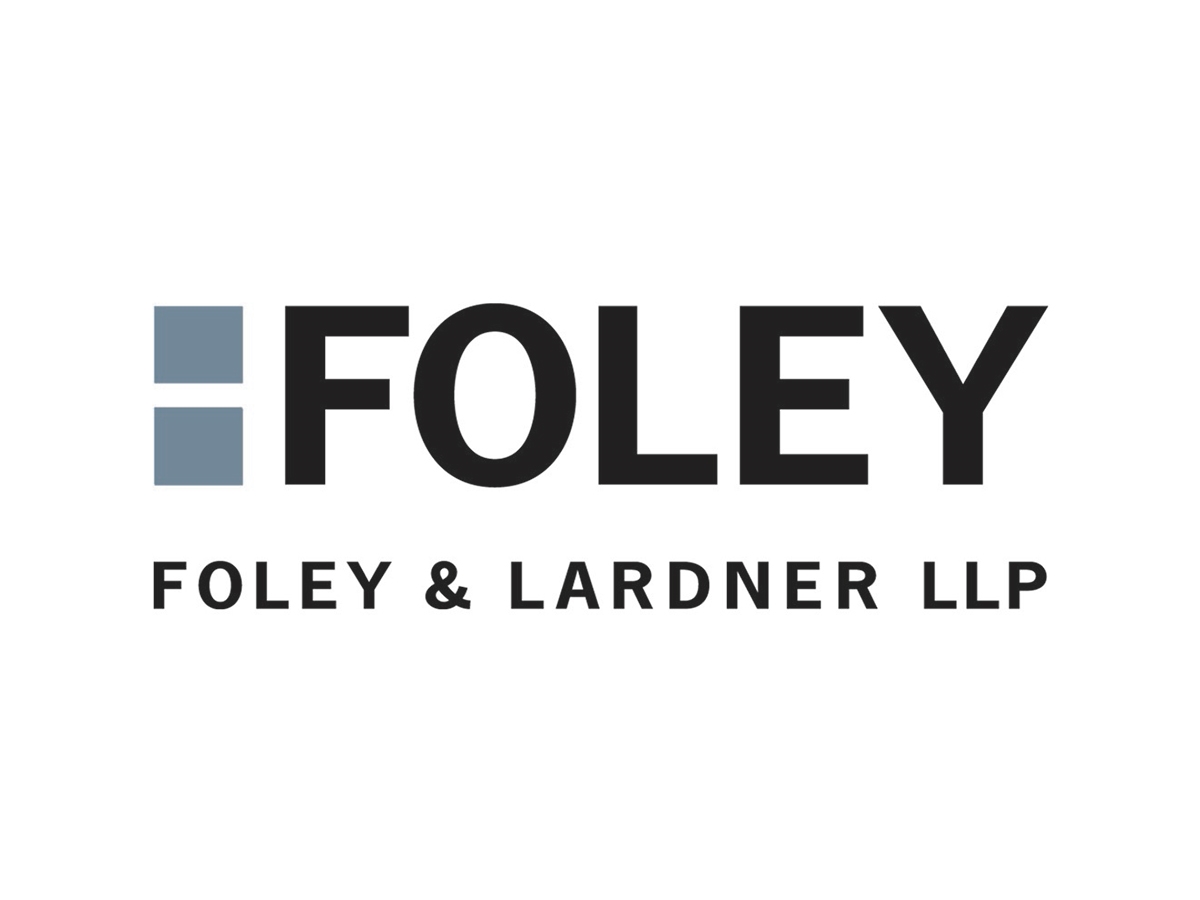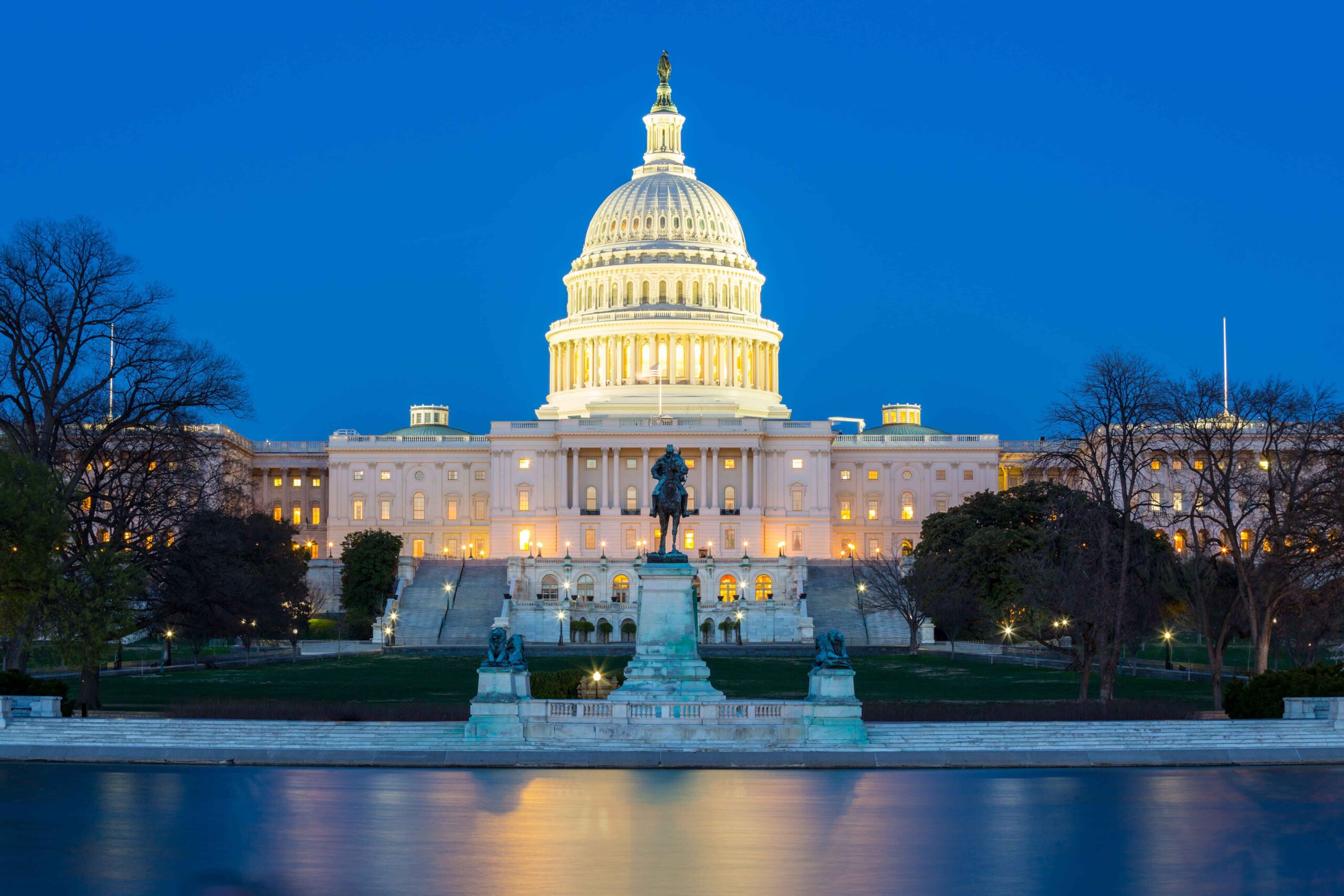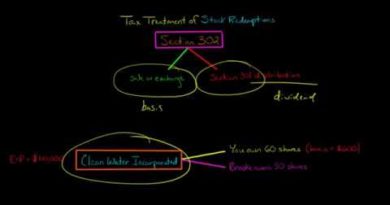North Dakota Income Tax Reform: Details & Analysis
North Dakota was unable to add its name to the long list of states that enacted individual income tax rate reductions in 2022, but only because the state holds regular legislative sessions in odd-numbered years. Now policymakers in Bismarck appear determined to make up for lost time. Last week, the North Dakota House of Representatives advanced three income tax reform bills: HB 1118, HB 1158, and HB 1425. Each bill would reduce the top marginal rate from 2.9 percent, and two would significantly flatten the current five-bracket system.
The three bills present the Senate with a menu of viable reform options—but only one can become law. As the bills now move to the Senate, lawmakers must decide which to approve or how to reconcile the differences between the bills. This analysis addresses each bill individually and recommends an alternative way forward.
The Current Reform Options
Under HB 1118, the current five-bracket graduated income tax structure would collapse into a flat rate of 1.99 percent applicable to all income. Currently, the first $41,775 of taxable income is taxed at 1.1 percent. To prevent a tax increase on this income, HB 1118 would expand the resident tax credit from $300 to $800 for single filers and from $700 to $1,600 for married filers. Due to the increased credit and lower tax rate, HB 1118 is expected to reduce state revenue by an estimated $383 million between 2023 and 2025.
An alternative, HB 1158, would also collapse the current five-bracket structure but would do so through large income exemptions, effectively creating a two-tiered system. The lower tier, which is exempt from tax (effectively a bracket with a tax rate of 0 percent), would include the first $44,757 of taxable income for single filers and the first $74,757 of taxable income for married filers. The upper tier, taxed at 1.5 percent, would include any taxpayers with taxable income in excess of the exemption levels. After accounting for the income exemptions and rate reduction, HB 1158 is estimated to reduce the state’s revenue by $556 million over the same two-year period.
A third option, HB 1425, would lower all marginal tax rates across the current five-bracket structure, revenue permitting. If actual general fund revenue exceeds the estimated general fund revenue for the 12-month period ending June 30 of an even-numbered year by at least 10 percent, then the individual income tax rate for the subsequent year would decrease automatically by 0.5 percentage points. For example, if actual revenue exceeded estimated revenue by at least 10 percent between July 1, 2023, and June 30, 2024, then the marginal income tax rates for a single filer in 2025 would be as follows:
Potential North Dakota Individual Income Tax Rates Under HB 1425| 2024 | 2025 | ||
|---|---|---|---|
| 1.10% | >$0 | 0.60% | >$0 |
| 2.04% | >$41,775 | 1.54% | >$41,775 |
| 2.27% | >$101,050 | 1.77% | >$101,050 |
| 2.64% | >$210,825 | 2.14% | >$210,825 |
| 2.90% | >$458,350 | 2.40% | >$458,350 |
Unlike the other two bills, HB 1425 does not immediately flatten the current rate structure. The potential for a flatter system exists, but it would take until at least 2029 to eliminate even the lowest tax bracket.
While the House and the governor have both come out in favor of a flatter income tax, the final design largely depends on the Senate. It could choose any of the three reform options passed by the House, or it could create a fourth option by passing a hybrid bill that incorporates the best parts of each House proposal.
A Hybrid Alternative: Low, Flat Rate on a Broad Base
The Senate could begin with the structure of HB 1118. Applying a flat rate to the existing broad tax base is a simpler, more neutral design than the unwieldy taxable income exemptions of HB 1158. A broader base also improves the prospects of the longer-term goal of reducing the individual income tax to zero. The narrower the tax base, the fewer people future reforms directly benefit. Additionally, maintaining an income tax on a narrower swath of taxpayers will make it harder to eliminate the tax entirely later, if that is the state’s goal. (And it’s a good goal—if the state can accomplish it responsibly—because the income tax reduces returns to both labor and investment.)
In determining the rate, the Senate should consider how much revenue is necessary to run the government and fund its obligations. The Office of the Tax Commissioner estimated that HB 1158 will cost $556 million between 2023 and 2025 while HB 1118 will only cost $383 million. If the state can only afford a $383 million cut, then the legislature should leave the rate at 1.99 percent. But if it can afford more, the rate could be set lower. Whatever the legislature decides, the rate should not be set arbitrarily but rather as a function of affordability and sustainability.
A hybrid bill with a truly flat rate of anything more than 1.1 percent would likely amount to a tax increase on the lowest income earners, which is why HB 1118 increases the resident tax credit to $800 for single filers and $1,600 for married filers. The increased credit would shield lower-income filers from increased tax liability due to their exposure to a higher rate. The intent of the $44,757 exemption for single filers and the $74,757 exemption for married filers in HB 1158 is the same. Ideally, the rate would be low enough that large credits or exemptions are unnecessary. (An $800 credit is equal to a $40,201 exemption against a 1.99 percent tax credit, an increase of $25,126 from the status quo.)
There are trade-offs to both approaches, but in choosing between the two, the credit design is preferred as it is already part of the state’s tax code and does not create as substantial of a de facto two-tiered system as the exemption would. The credit also avoids a marriage penalty, whereas the amounts selected for exemptions in HB 1158 create one.
When assessed by the Tax Foundation’s State Business Tax Climate Index, a truly flat rate tax enacted with the increased credit would result in North Dakota’s overall tax competitiveness ranking increasing from 17th to 8th. The individual income tax structure would improve from the 27th to the 9th most competitive in the country.
If the system were redesigned with a large exemption for taxable income, as HB 1158 proposes, the state’s overall ranking would only improve from 17th to 13th. The exemption would cause the individual income tax ranking to underperform by 8 positions, moving from 27th to just 17th.
Revenue Triggers Could Improve Stability
Finally, if the Senate favors a hybrid approach and wants to hold out the possibility of further reductions, it should consider including revenue triggers in the bill. This would set conditions for responsible additional rate reductions in the future—the intent of HB 1425 (though that bill does not begin with cuts). Historically, the North Dakota legislature has been hesitant to bind future legislatures to predetermined tax changes, preferring instead to implement reforms in two-year increments. But revenue triggers need not pressure future governments. Well-designed triggers limit the volatility and unpredictability associated with changes to the tax code.
An ideal tax trigger would establish a revenue benchmark that allows the General Fund to grow commensurate with inflation and population growth. If revenue collections exceed the benchmark, then the rate would be automatically reduced in proportion to the surplus. Policymakers may be tempted to establish a benchmark using the official revenue estimate rather than actual prior-year revenues, but this approach is risky. If a revenue estimate is mistaken, or if the baseline is lower than usual due to an economic downturn, then the state may inadvertently find itself with unfunded liabilities due to premature tax cuts.
Crafting a hybrid bill for a low, flat rate on a broad base—with well-designed revenue triggers to responsibly reduce rates in the future—could be an ideal way forward for the Senate. If the legislature does coalesce around a truly flat rate, North Dakota will become the 14th state in the country with a flat individual income tax and likely regain its title from Arizona as the state with the lowest top marginal income tax rate. While the final details are still being debated, it appears certain that North Dakota will join Kentucky and West Virginia in extending the trend of states conducting structural, pro-growth tax reforms into 2023.






